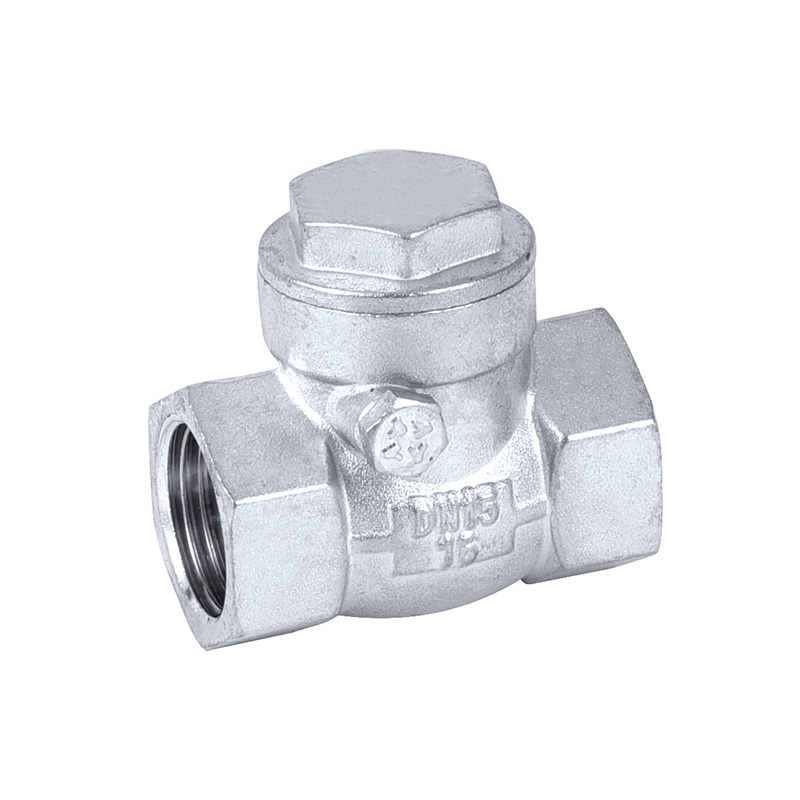Types of Plumbing Hydraulic Valves and Usage Considerations
Plumbing hydraulic valves manufacturer are essential components in fluid control systems, enabling the regulation, direction, and pressure of water or other fluids. Proper selection and use of these valves ensure system efficiency, safety, and longevity.

Common Types of Plumbing Hydraulic Valves
1. Gate Valves
Gate valves are widely used in plumbing systems for on/off control. They feature a sliding gate that moves vertically to open or close the flow.
Usage Considerations:
Application: Ideal for systems requiring minimal pressure drop when fully open.
Operation: Better suited for fully open or fully closed positions; not recommended for throttling.
Maintenance: Regular inspection ensures smooth operation and prevents leakage.
Gate valves are often installed in main pipelines or systems where flow interruption is occasional.
2. Globe Valves
Globe valves regulate flow more precisely than gate valves. They consist of a movable disk that fits into a seat, controlling fluid passage.
Usage Considerations:
Application: Suitable for applications requiring flow regulation, such as heating or cooling systems.
Flow Control: Offers fine control over flow rates, making it ideal for throttling purposes.
Installation: Typically installed in pipelines with consistent pressure requirements.
Globe valves provide both control and reliability in systems where precise adjustments are necessary.
3. Ball Valves
Ball valves feature a rotating ball with a bore in the center, which allows flow when aligned with the pipeline and stops flow when rotated 90 degrees.
Usage Considerations:
Application: Commonly used in residential, commercial, and industrial plumbing for quick shutoff.
Operation: Easy to operate with a quarter-turn handle for fast opening or closing.
Durability: Resistant to corrosion and wear, suitable for long-term use.
Ball valves are favored for their simple design, durability, and minimal pressure drop.
4. Check Valves
Check valves allow fluid to flow in only one direction, preventing backflow. They operate automatically and are essential for protecting pumps and equipment.
Usage Considerations:
Application: Used in water supply systems, pumps, and heating systems.
Installation: Must be installed in the correct flow direction for proper function.
Maintenance: Minimal maintenance is required, though occasional inspection is recommended.
Check valves enhance system safety by ensuring unidirectional flow and preventing damage to equipment.
5. Butterfly Valves
Butterfly valves feature a rotating disk that opens or closes the flow path. They are lightweight and provide efficient flow control.
Usage Considerations:
Application: Suitable for large-diameter pipelines in water treatment plants, HVAC systems, and industrial systems.
Operation: Quick quarter-turn operation for on/off or throttling applications.
Space Efficiency: Compact design requires less space compared to other valves.
Butterfly valves are appreciated for their lightweight construction and ability to handle high flow volumes efficiently.
6. Pressure Relief Valves
Pressure relief valves protect plumbing systems from excessive pressure, ensuring safe operation. They automatically release fluid when pressure exceeds a set limit.
Usage Considerations:
Application: Essential in boilers, water heaters, and pressurized systems.
Safety: Prevents damage to pipes, fittings, and appliances by releasing excess pressure.
Adjustment: Can be set to desired pressure limits for system protection.
Pressure relief valves are a key safety feature in any pressurized hydraulic system.
Usage Considerations for Plumbing Hydraulic Valves
1. Material Compatibility
Choosing the correct valve material ensures durability and system efficiency. Common materials include brass, stainless steel, PVC, and bronze. Each material is suitable for specific fluid types and temperatures.
2. Flow Requirements
Valve selection should consider flow rate and system pressure. Oversized or undersized valves may reduce efficiency or cause operational issues.
3. Maintenance Needs
Regular inspection and maintenance extend the lifespan of valves. Cleaning, lubrication, and checking for wear help maintain performance.
4. Installation Orientation
Proper installation ensures valves operate as intended. Check valves, for example, must follow the correct flow direction, while pressure relief valves must be positioned to release excess fluid safely.
5. Application Suitability
Different valves are designed for specific functions, such as shutoff, throttling, or backflow prevention. Selecting the appropriate type ensures efficiency and reliable operation.



 English
English русский
русский Español
Español عربى
عربى


